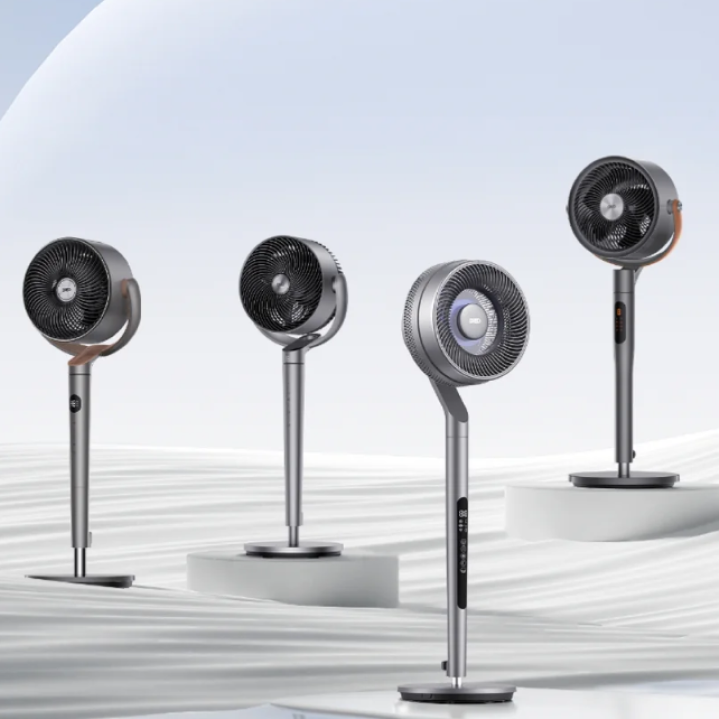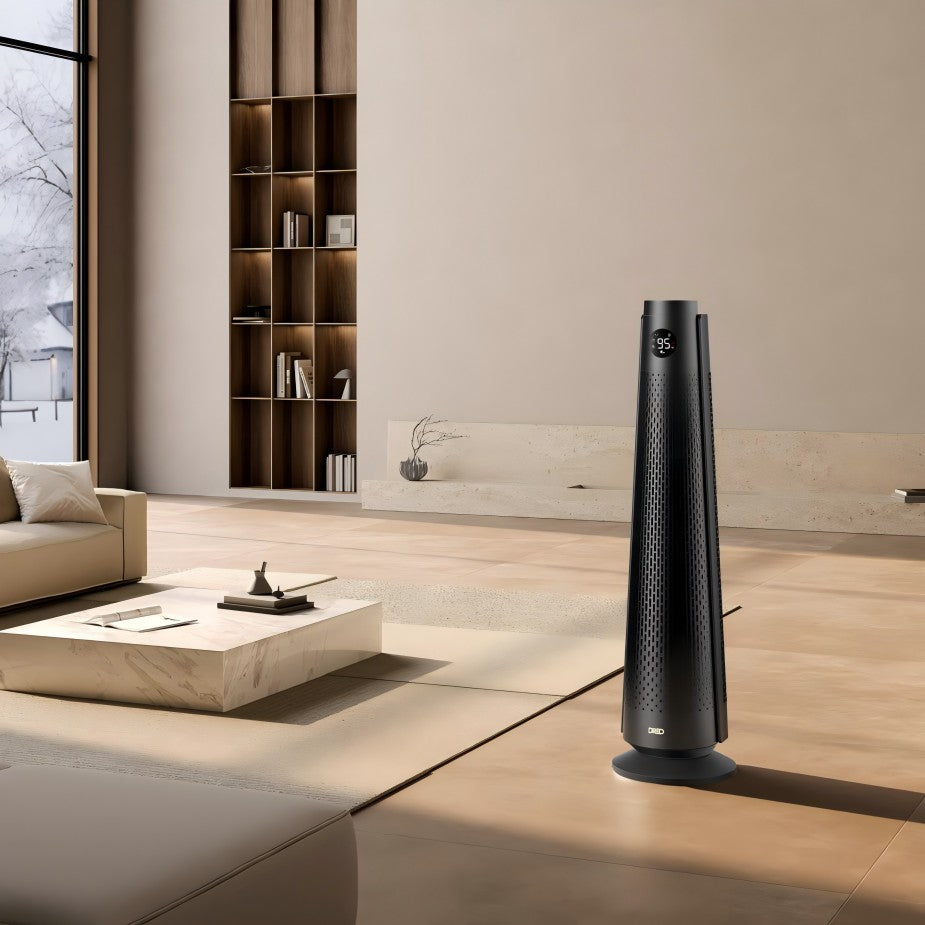As winter's chill begins to creep in, you might be on the hunt for ways to keep cozy without freezing your budget. Space heaters are a popular pick, but how much electricity do they actually use? Let's find out how to keep yourself warm without burning a hole in your wallet!
Electricity Consumption of Space Heaters
- Average Usage
Space heaters generally use between 750 to 1500 watts, depending on their size and type. A 1500-watt heater is the most common type for home use. Running a 1500-watt heater for one hour consumes 1.5 kilowatt-hours (kWh) of electricity.
- Cost Breakdown
To give you a clearer picture, let's break down the cost of running a space heater in colder regions of the U.S., where 1500-watt space heaters often run for at least 4 hours a day:

Factors Affecting Energy Use
1. Heater Efficiency
- Energy Conversion: Space heaters work by converting electrical energy into heat, but often a significant portion of this energy is wasted as light or motion, which reduces overall efficiency itself. In this regard, PTC (positive temperature coefficient) heating elements like the one used in DREO Atom 316 Space Heater can make a huge difference by converting nearly 100% of electricity into heat, ensuring all energy is used to warm your space.

- Built-in Thermostats: Space heaters equipped with built-in thermostats can maintain a consistent temperature by cycling on and off as needed. This prevents the heater from running continuously at high power, helping to save energy by avoiding unnecessary heating. However, not all thermostats are created equal. When searching for a highly efficient space heater, consider options that use NTC (Negative Temperature Coefficient Thermistor) sensors, like the DREO Solaris 718, which leverages advanced High-Precision Controllable Silicon Technology. This type of thermostat offers greater accuracy and tends to regulate room temperatures more effectively than traditional heaters.

- Fan-assisted Models: Space heaters with built-in fans distribute heat more evenly and quickly throughout the room. This means the heater doesn't have to work as hard or run as long to keep the space warm, resulting in more efficient energy use. DREO space heater lineup offers a wide range of sizes options. You might want to check them out.
2. Room Size
- Proper Sizing: A heater must be appropriately sized for the room it’s heating. If the heater is too small, it will run longer to achieve the desired temperature, increasing energy consumption. Conversely, a heater that is too large may cycle on and off frequently, which can also be inefficient.
- Heat Distribution: Larger rooms require more energy to heat compared to smaller rooms. In a large room, the heater may need to work harder to distribute heat evenly, leading to higher energy use, oil-filled radiator like the DREO OH712 options work pretty well at distributing heat uniformly in large areas, although they might take their time compared to fan-forced heaters. Also, placing an oil-filled radiator near a window can enhance its heating effectiveness, as it helps counteract the cold air that may seep in, making the overall distribution of warmth more efficient.
- Insulation Quality: A space heater’s effectiveness is heavily influenced by room insulation. Poor insulation, such as drafty windows or uninsulated walls, causes heat to escape quickly, forcing the heater to work harder and consume more energy to maintain the desired temperature. Conversely, good insulation keeps warmth in, allowing the heater to run less frequently and operate more efficiently. Enhancing insulation with weather stripping or improved wall insulation can significantly reduce energy use and improve heater performance.
- Ceiling Height: Rooms with high ceilings require more energy to heat due to the larger volume of air. Space heaters may need to run longer or at higher settings to maintain a comfortable temperature, leading to increased energy consumption. For instance, a room with a 12-foot ceiling can use significantly more energy compared to one with an 8-foot ceiling. To improve efficiency in rooms with high ceilings, consider using space heaters in combination with ceiling fans or PolyFans to help distribute warm air more evenly. This can help reduce the amount of energy needed by enhancing the heater’s ability to warm the entire space.

Usage Tips for Reducing Energy Use with Space Heater
- Use Timers: Set timers to ensure your space heater operates only when needed. This prevents unnecessary operation and reduces energy consumption by heating your room only during occupied times. Our oil-filled radiators like the DREO OH712 comes with an extra special timer function, not only can be set to turn off automatically, but it can also be set to turn on before hand, this comes extremely handy considering that radiators can take up to 2 hours to heat up a room, with the auto-on timer, you can set it up before leaving and come back to a cozy warm home afterwards, just perfect!
- Maintain Optimal Temperature: Keep your room at a steady, comfortable temperature. Avoid setting the heater to extremely high settings, as maintaining a moderate temperature is more energy-efficient.
- Utilize Thermostats: If your heater has a built-in thermostat, use it to automatically adjust the temperature and maintain your desired warmth without constant running. Our space heaters go even further with their ECO Mode and precise temperature control, letting you dial in your room temperature in 1°F increments from 41-95°F. With a tight ±1.5°F tolerance, keeping your space cozy while saving you up to 50% on energy bills. They almost pay themselves by saving on energy bills!

- Zone Heating: Heat only the rooms you are using instead of the entire house. Close doors to unused rooms to focus the heater’s energy where it’s needed most.
- Keep Warm Air Circulating: Use ceiling fans or oscillation fans to help distribute warm air more evenly, reducing the need for the heater to run at higher settings.
Final Takeaway
Now that you've got a handle on how much electricity space heaters use and how to make the most of them, it's time to stay cozy without stressing over your energy bills. Choosing the right heater and using it wisely can make all the difference in keeping your home warm and your wallet happy.
Ready to find your perfect space heater? Head over to Space Heater Collection to explore our full range and learn more. Stay warm, save smart, and enjoy more comfort in every part!



